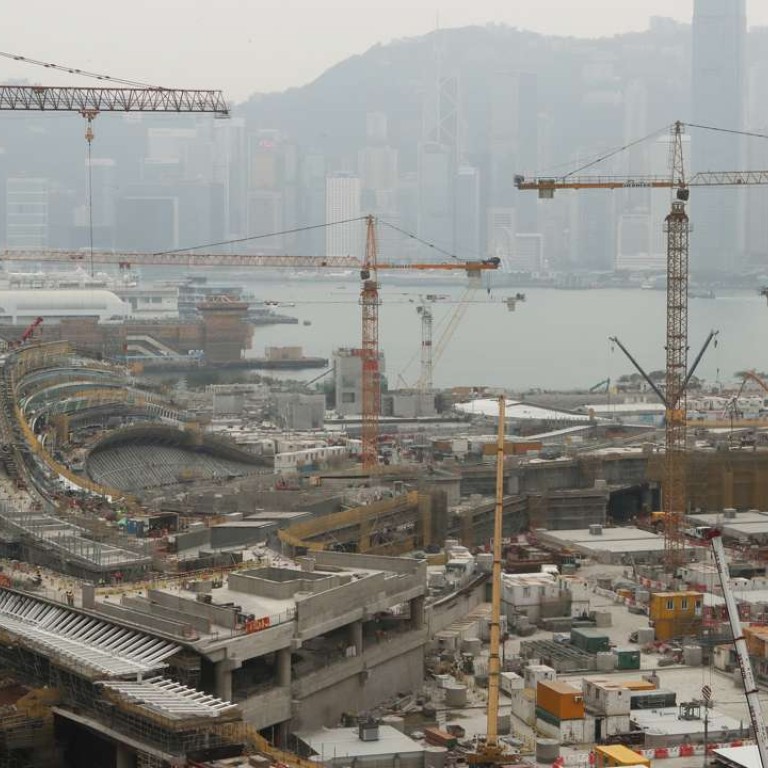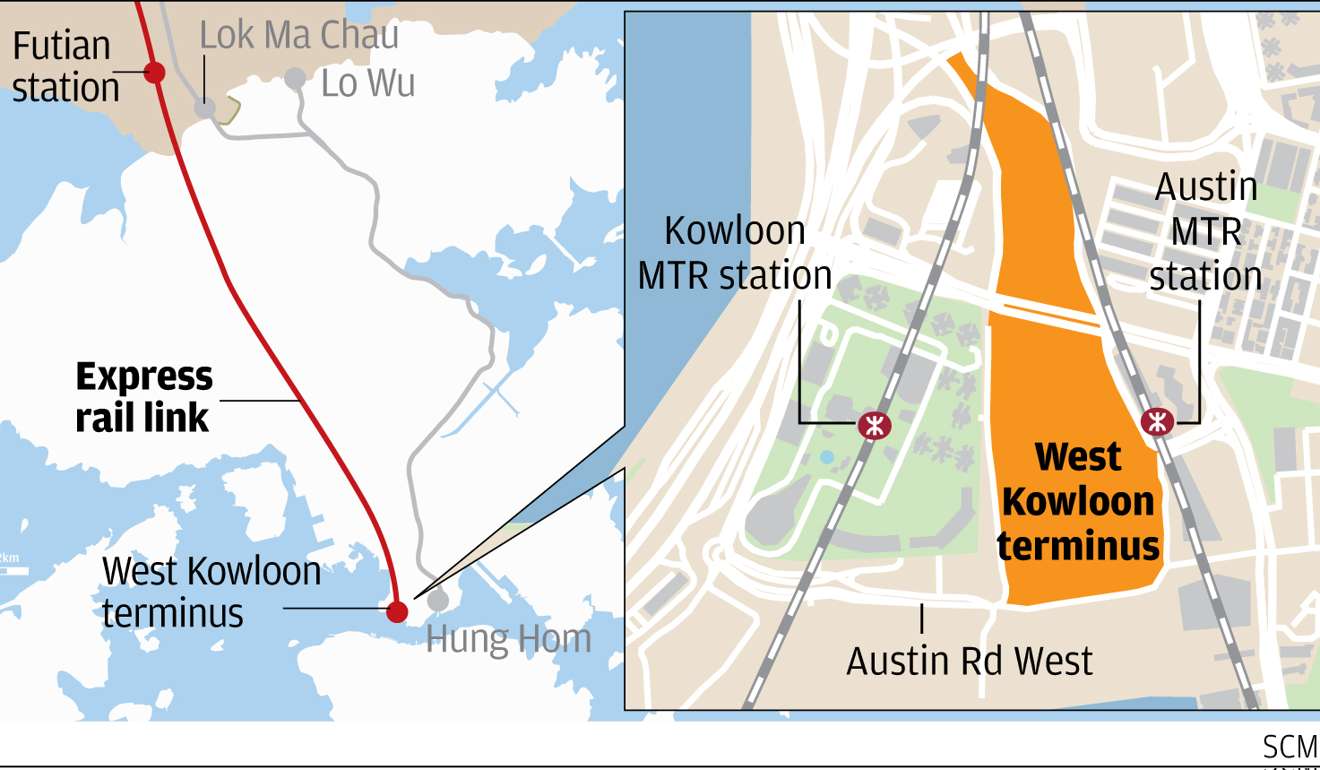
All you need to know about the Hong Kong-mainland rail link, co-located checkpoints and law enforcement issues
Time is running out for both governments to agree on a plan that satisfies the Basic Law and “one country two systems”
Hong Kong’s justice secretary Rimsky Yuen Kwok-keung and transport chief Anthony Cheung Bing-leung will head to Beijing on Monday to discuss the high-speed rail link to Guangzhou with mainland authorities.
The discussions are widely believed to revolve around co-location arrangements, a thorny issue that continues to fuel debate and is yet to be worked out. Here’s what it all means.
What is the co-location arrangement?
The co-location of customs, immigration and quarantine (CIQ) facilities at the West Kowloon terminus would see passengers complete clearance procedures of Hong Kong and mainland authorities both prior to boarding and after disembarking the train.
For mainland-bound travellers, this would allow passengers to disembark the train at any station on the mainland’s rail network without having to go through clearance processes. Without a co-location arrangement at the West Kowloon terminus, passengers would be required to complete clearance procedures after reaching their destination, thus greatly reducing the efficiency and convenience of the high-speed rail link.
Location of West Kowloon terminus

Why is it controversial?
The proposed arrangement means part of the West Kowloon terminus will be surrendered to mainland customs, immigration and quarantine personnel. This means they would be authorised to enforce mainland laws and regulations.
How can the situation be resolved?
Michael Tien Puk-sun, a Hong Kong deputy to the mainland’s top legislature, the National People’s Congress, suggested a “mainland port area” be set up inside the West Kowloon terminus. He cited a similar model at the Shenzhen Bay Control Point where Hong Kong immigration officers are authorised to operate under a special arrangement.
Government officials have repeatedly said talks are underway with mainland authorities to come up with a law enforcement plan that complies with both the Basic Law and the “one country, two systems” principle.
How much time does the Hong Kong government have?
Justice secretary Rimsky Yuen Kwok-keung on March 9 admitted that the time frame was tight with the government hoping to implement an arrangement by the time the rail comes into operation in the third quarter of 2018. He promised to brief the public and legislative councillors once a proposal was ready.
How much will the rail project cost?
The rail project will cost HK$84.4 billion, according to the latest estimate released in November 2015, a notable increase from the initial funding approval of HK$64.8 billion given by lawmakers in 2010. The MTR Corporation, acting as the project manager, agreed to cover further cost overruns in the future.

